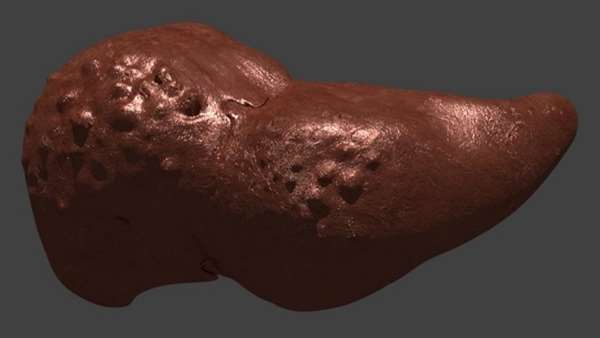Bioengineered Liver Models for Drug Testing and Cell Differentiation Studies
In vitro models of the human liver are important for the following: (1) mitigating the risk of drug-induced liver injury to human beings, (2) modeling human liver diseases, (3) elucidating the role of single and combinatorial microenvironmental cues on liver cell function, and (4) enabling cell-based therapies in the clinic.
In vitro models of the human liver are important for the following: (1) mitigating the risk of drug-induced liver injury to human beings, (2) modeling human liver diseases, (3) elucidating the role of single and combinatorial microenvironmental cues on liver cell function, and (4) enabling cell-based therapies in the clinic. Methods to isolate and culture primary human hepatocytes (PHHs), the gold standard for building human liver models, were developed several decades ago; however, PHHs show a precipitous decline in phenotypic functions in 2-dimensional extracellular matrix-coated conventional culture formats, which does not allow chronic treatment with drugs and other stimuli. The development of several engineering tools, such as cellular microarrays, protein micropatterning, microfluidics, biomaterial scaffolds, and bioprinting, now allow precise control over the cellular microenvironment for enhancing the function of both PHHs and induced pluripotent stem cell-derived human hepatocyte-like cells; long-term (4+ weeks) stabilization of hepatocellular function typically requires co-cultivation with liver-derived or non-liver-derived nonparenchymal cell types.
In addition, the recent development of liver organoid culture systems can provide a strategy for the enhanced expansion of therapeutically relevant cell types. Here, we discuss advances in engineering approaches for constructing in vitro human liver models that have utility in drug screening and for determining microenvironmental determinants of liver cell differentiation/function. Design features and validation data of representative models are presented to highlight major trends followed by the discussion of pending issues that need to be addressed. Overall, bioengineered liver models have significantly advanced our understanding of liver function and injury, which will prove useful for drug development and ultimately cell-based therapies.
Reference:https://www.sciencedirect.com/science/article/pii/S2352345X1730173X





ارسال به دوستان